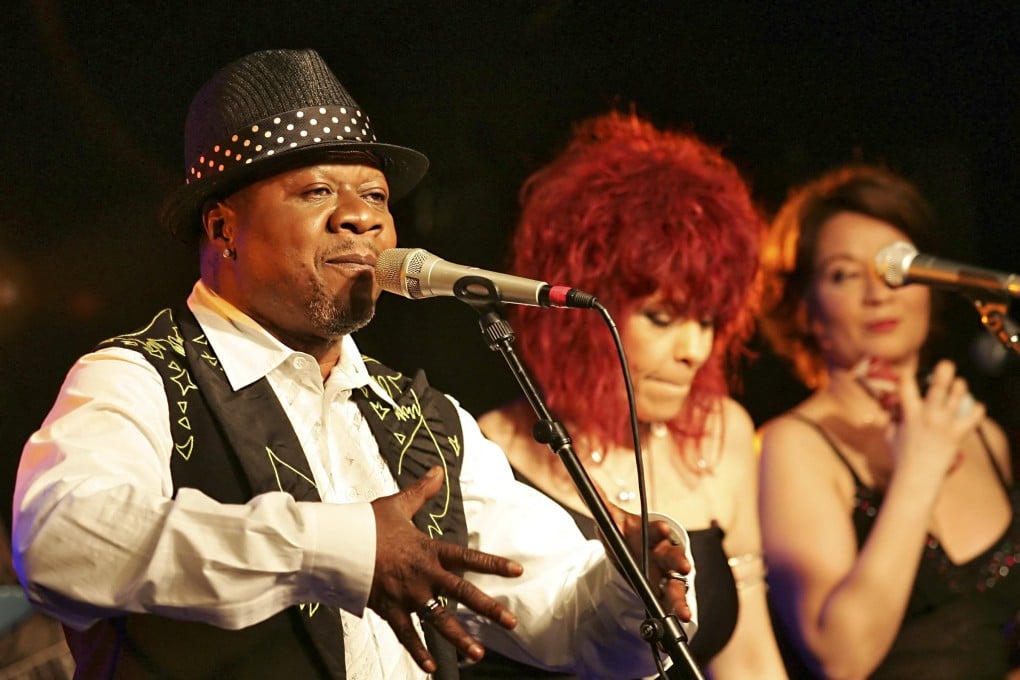Congolese rumba: why the dance recognised by Unesco is special, and what its heritage designation means to two African nations
- Rumba evolved from music brought to the Americas by African slaves, before returning to Africa and being readapted
- In the two Congos its songs are guitar-led and often about love, but rumba also became intertwined with the fight for independence from France and Belgium

The band strikes up the rumba, and the dance floor in Kinshasa fills with couples who sway to its slinky, sensual rhythm.
Rumba has an international following, especially for its brassy Cuban version. But in Congo, the guitar-driven local variant has a deep and passionate following, and devotees of the genre have been celebrating this week as it was declared a world cultural treasure.
The United Nations’ cultural agency Unesco on December 14 added the Congolese rumba to its intangible cultural heritage list, sparking delight in the Democratic Republic of Congo (DRC) and Congo-Brazzaville (as the Republic of the Congo is often called).
A Unesco summit approved the two countries’ joint application to add rumba to its Intangible Cultural Heritage of Humanity list, where it joins Cuban rumba, the Central African Republic’s polyphonic pygmy music and the drums of Burundi.
DRC President Felix Tshisekedi welcomed the news “with joy and happiness” as citizens from both nations celebrated on social media.